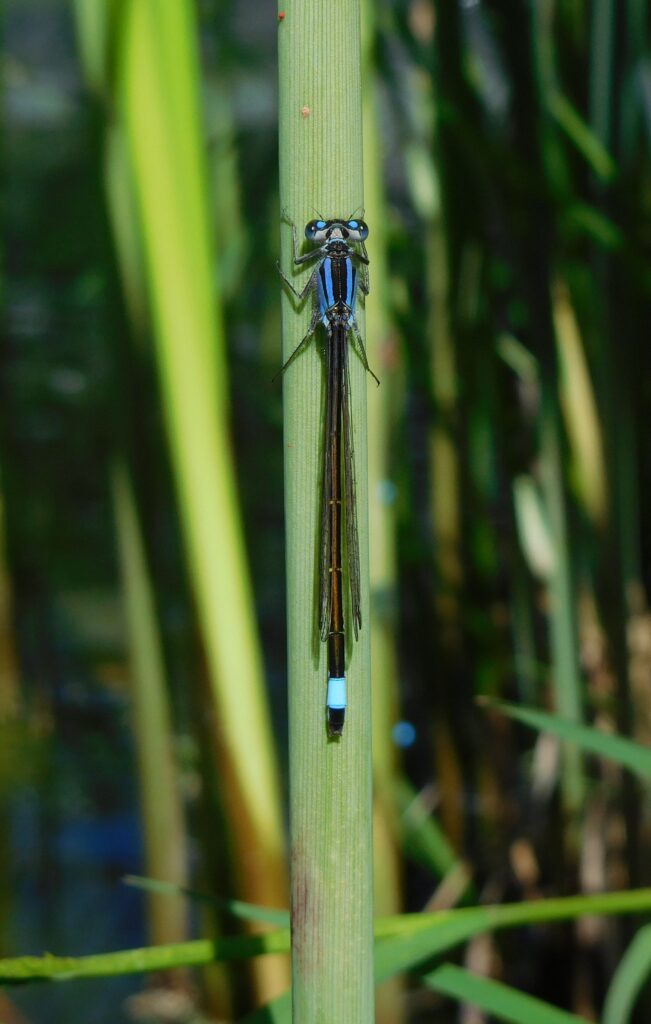
Bluetail damselfly in Chiswick Business Park


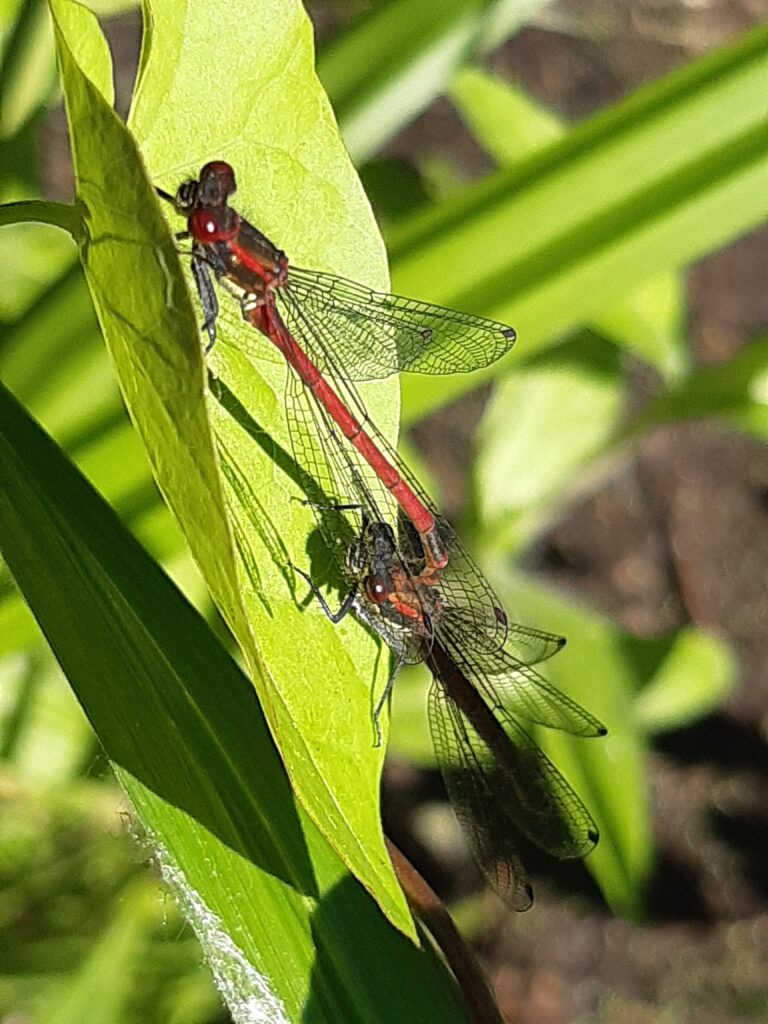
Suddenly, after a freezing but dry April and a warmer but moist (April Showers) May, it’s June and Summer. The hazels have rushed into full leaf; the brambles are pushing across the paths at astonishing speed; Azure Damselflies have all hatched at once and are sunning themselves near the pond; and pairs of Large Red Damselflies are urgently flying about, all 8 wings in harmony, in their complex mating system, to lay eggs rapidly on pond plants before it all dries up. Like their much larger cousins, the Dragonflies, Damselflies are predators, and fiercely competitive for their territory; males chase off not only other males but other insects.
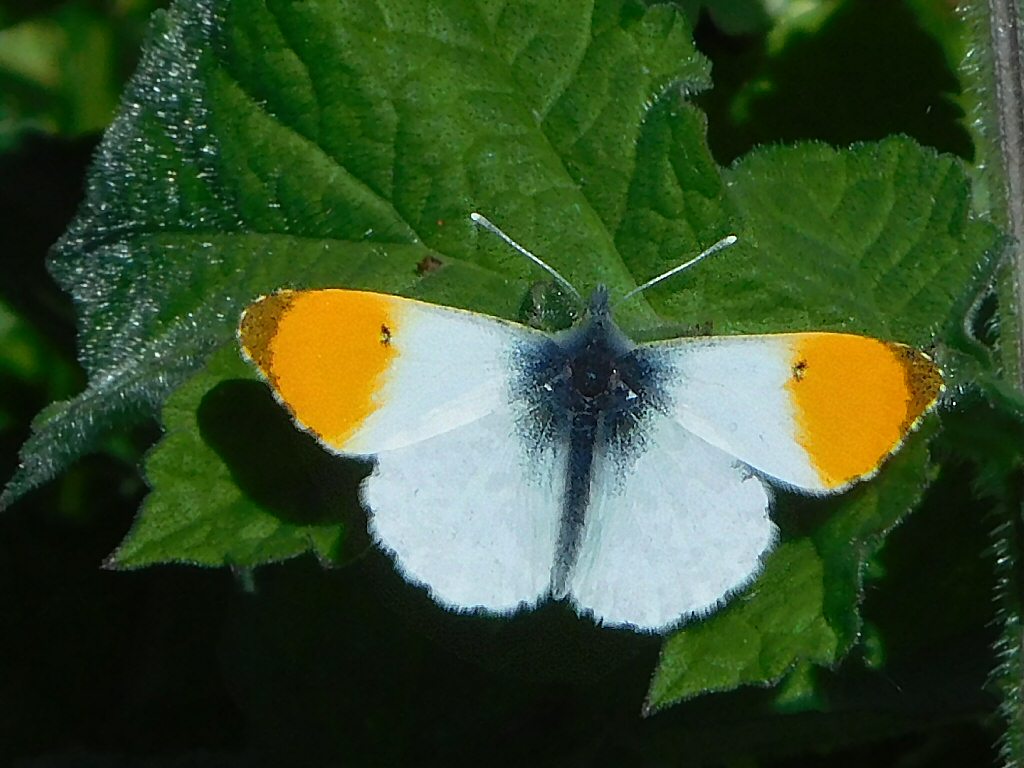
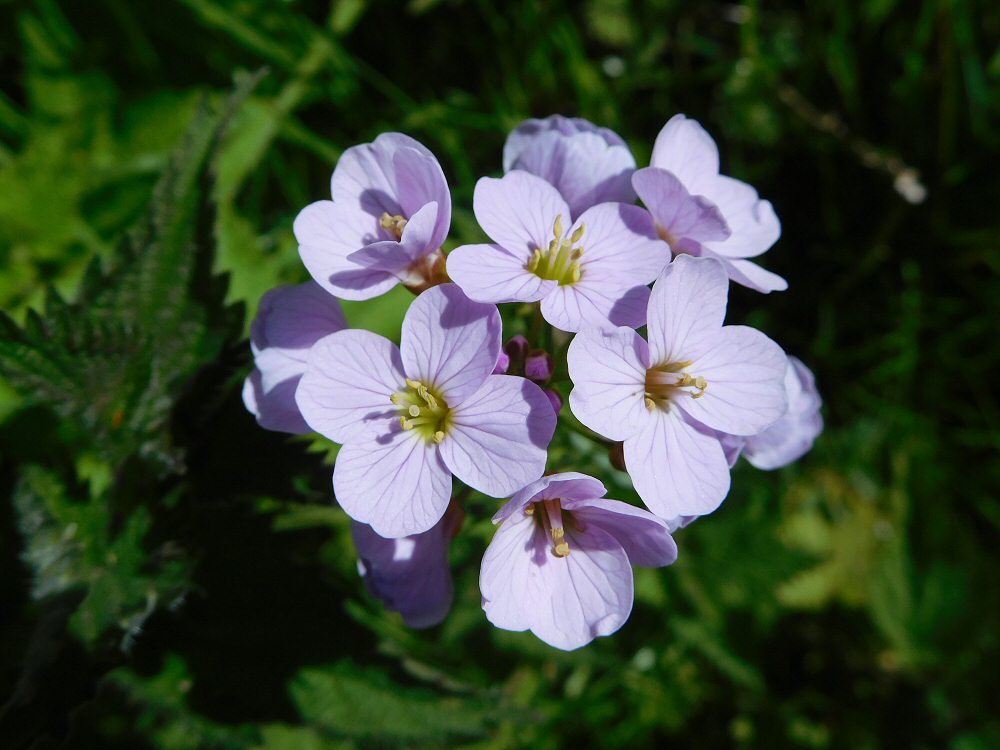
Cuckoo Flowers … and a singing Cuckoo! A real pleasure after months of lockdown. And a flight of 3 Swifts over the lake:
“Sumer is Icumen In,
Lhude sing Cuccu!”
sang the Middle English poet, centuries ago.
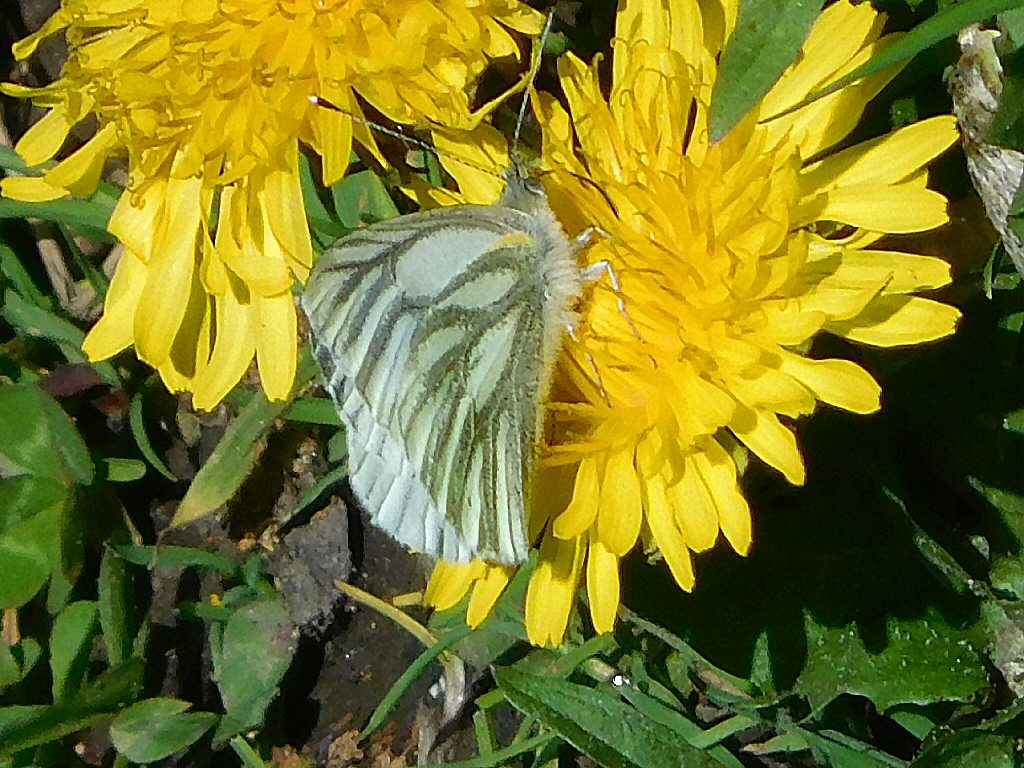
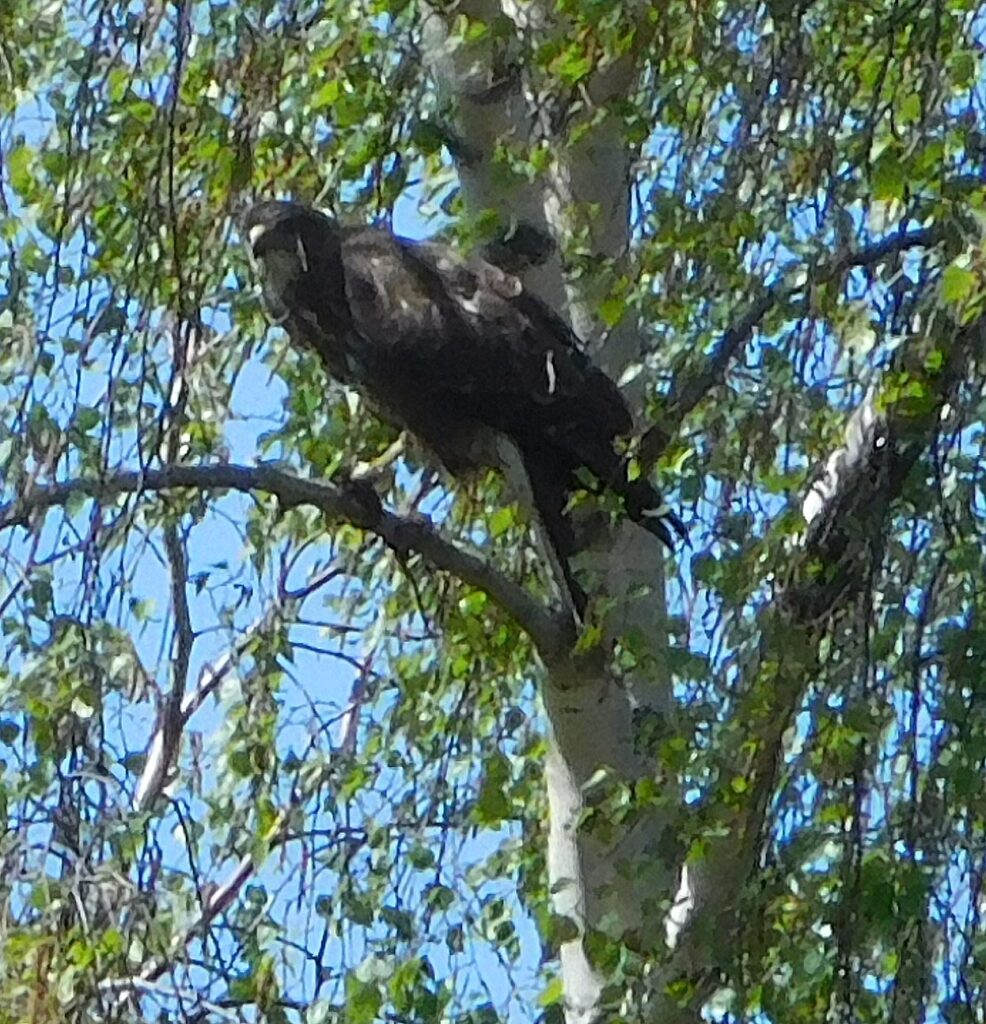
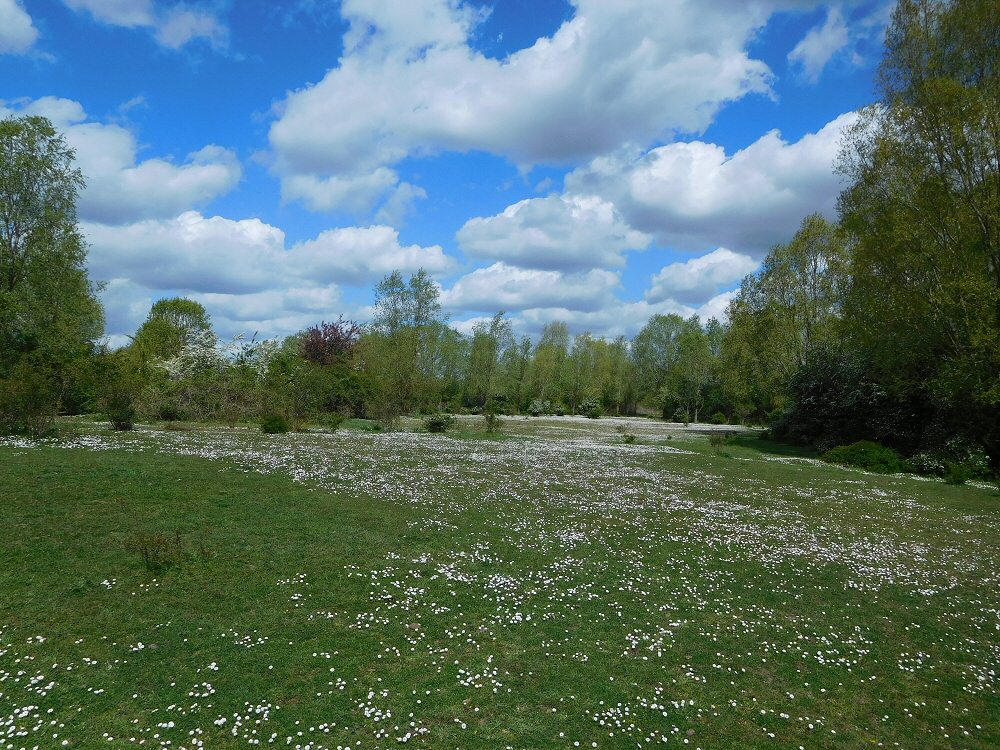
Not pictured are the many Warblers that were singing today – Blackcaps, Chiffchaffs, Garden Warblers, Cetti’s Warblers, and Whitethroats. There weren’t any Sedge Warblers, though, something there always used to be here.
Apart from the attractive butterflies, there were the year’s first Banded Demoiselles, the males with their long transparent wings marked with a large dark blue patch; and near the water, Alder flies with their clear wings with dark veins.
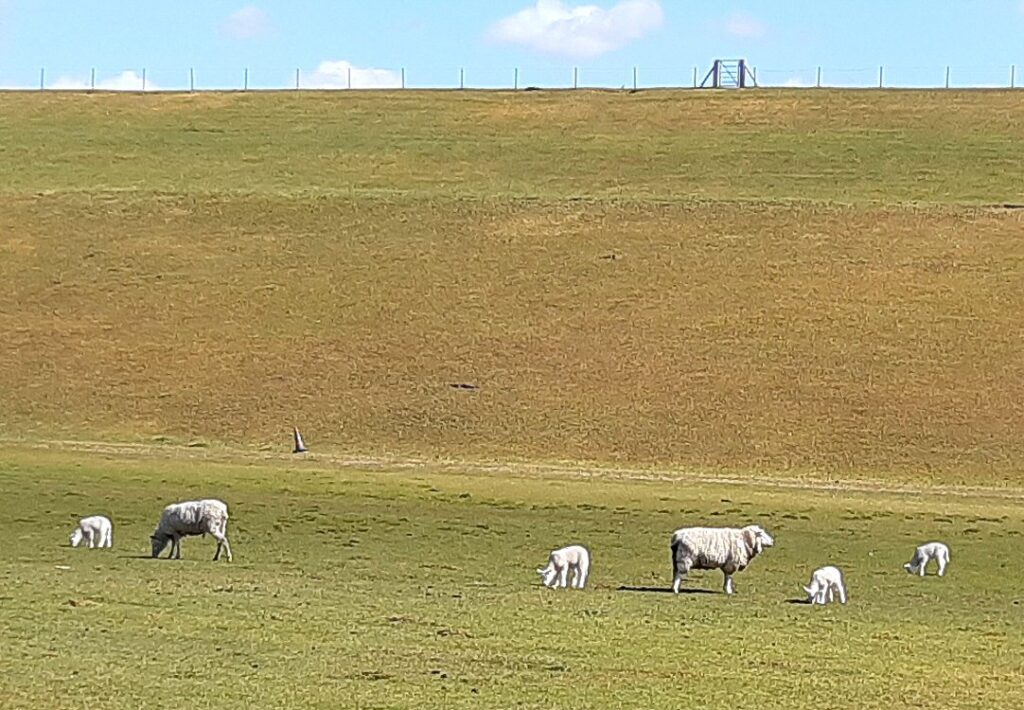
Isn’t that a fine sight for London? Sheep peacefully grazing the steep grassy banks of the reservoir. The water company saves a lot of trouble, noise, fuel, money, and frankly danger trying to mow the slopes: the sheep do the job better. Now if only everything was so well thought out…

Balm to the urban soul … Cherhill Down and monument, taken from the edge of the Iron Age Hill Fort (the White Horse just out of shot, to the right). A view that must stretch for 50 miles. Silence. Space. Sky.
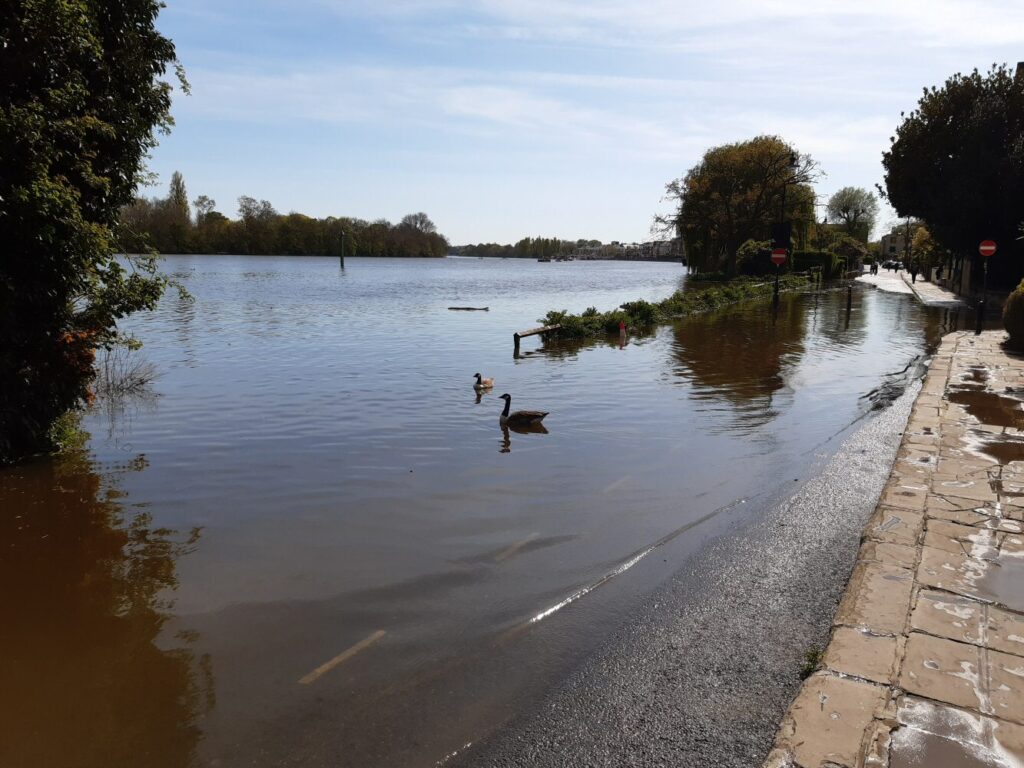
The goose is swimming in the road; the camera position is the pavement which stretches away on the right, though the road junction in the middle distance is flooded. The opposite side of the road is marked by the fence which runs from image centre to upper right. This happens at high spring tides, at least when the Thames Barrier is not operated to prevent damaging flooding.
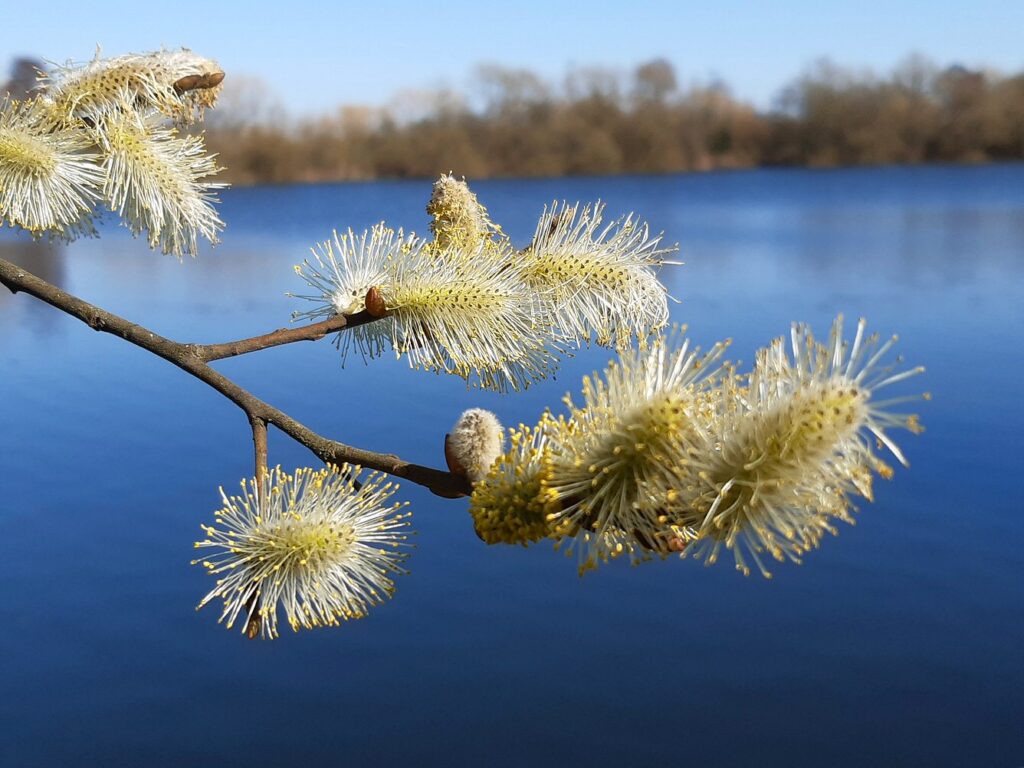
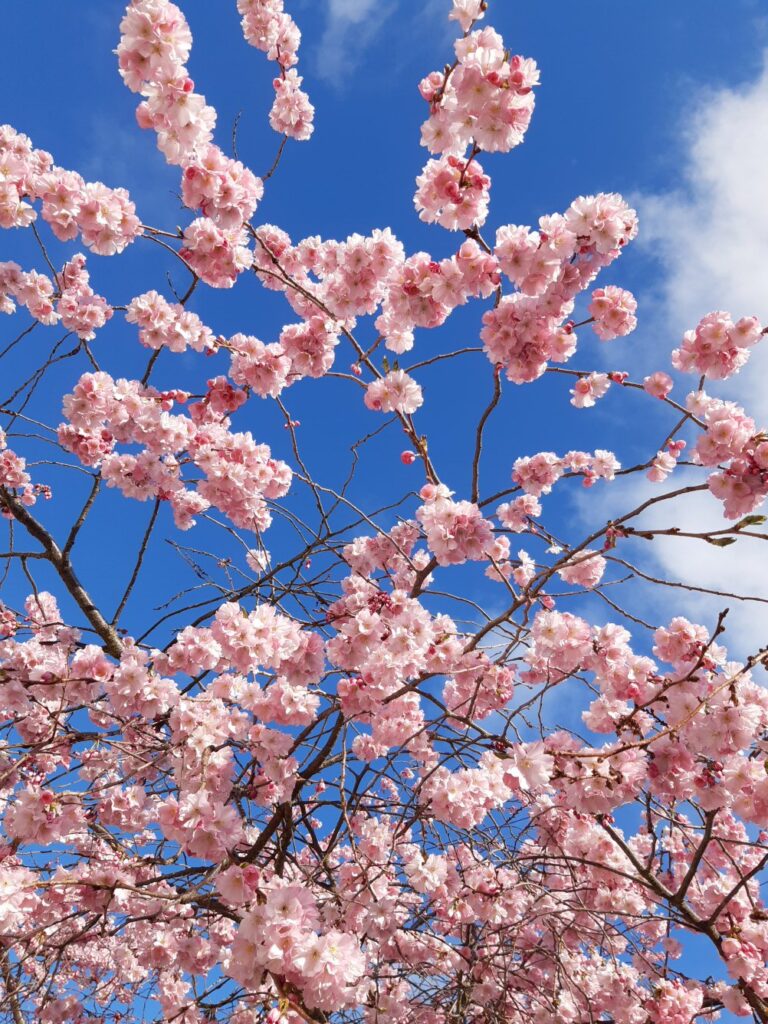
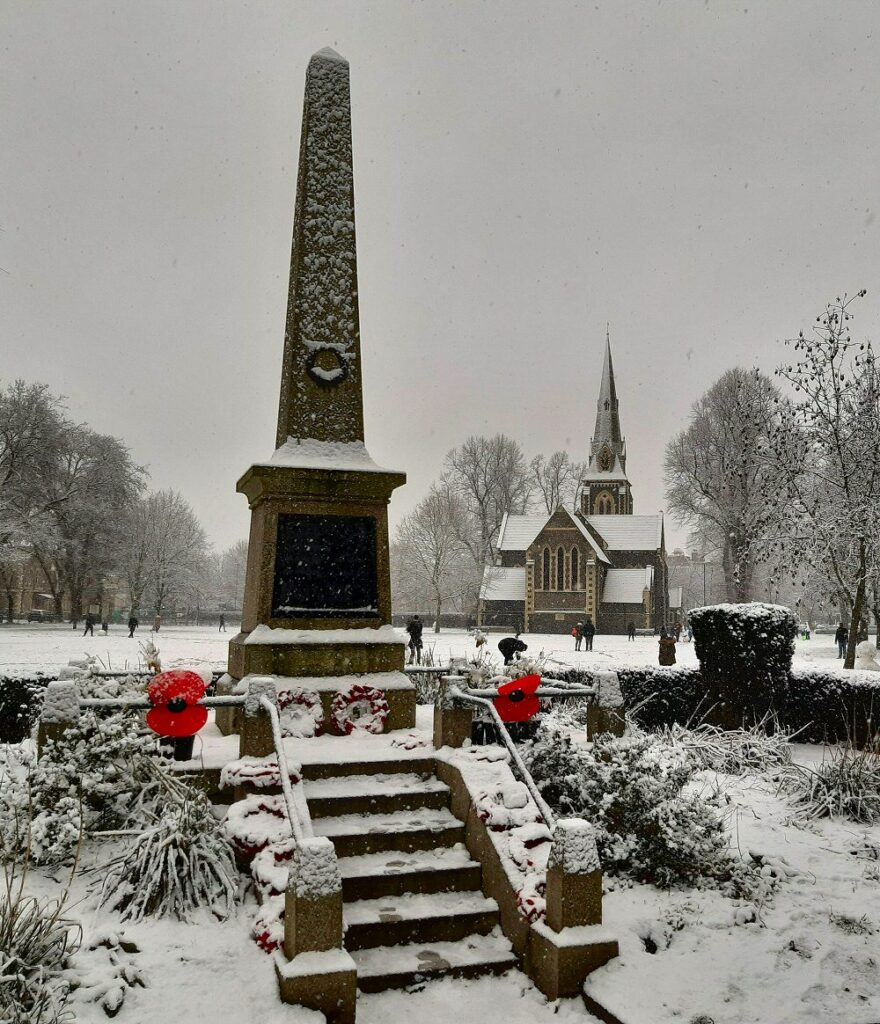
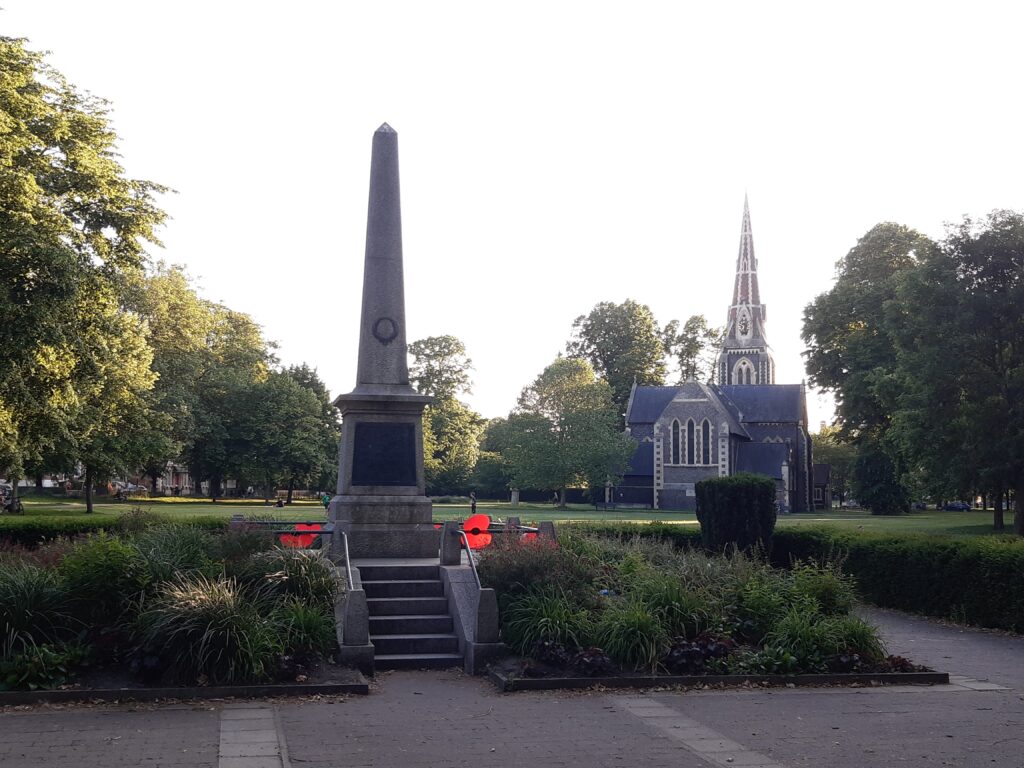
… and at midsummer …
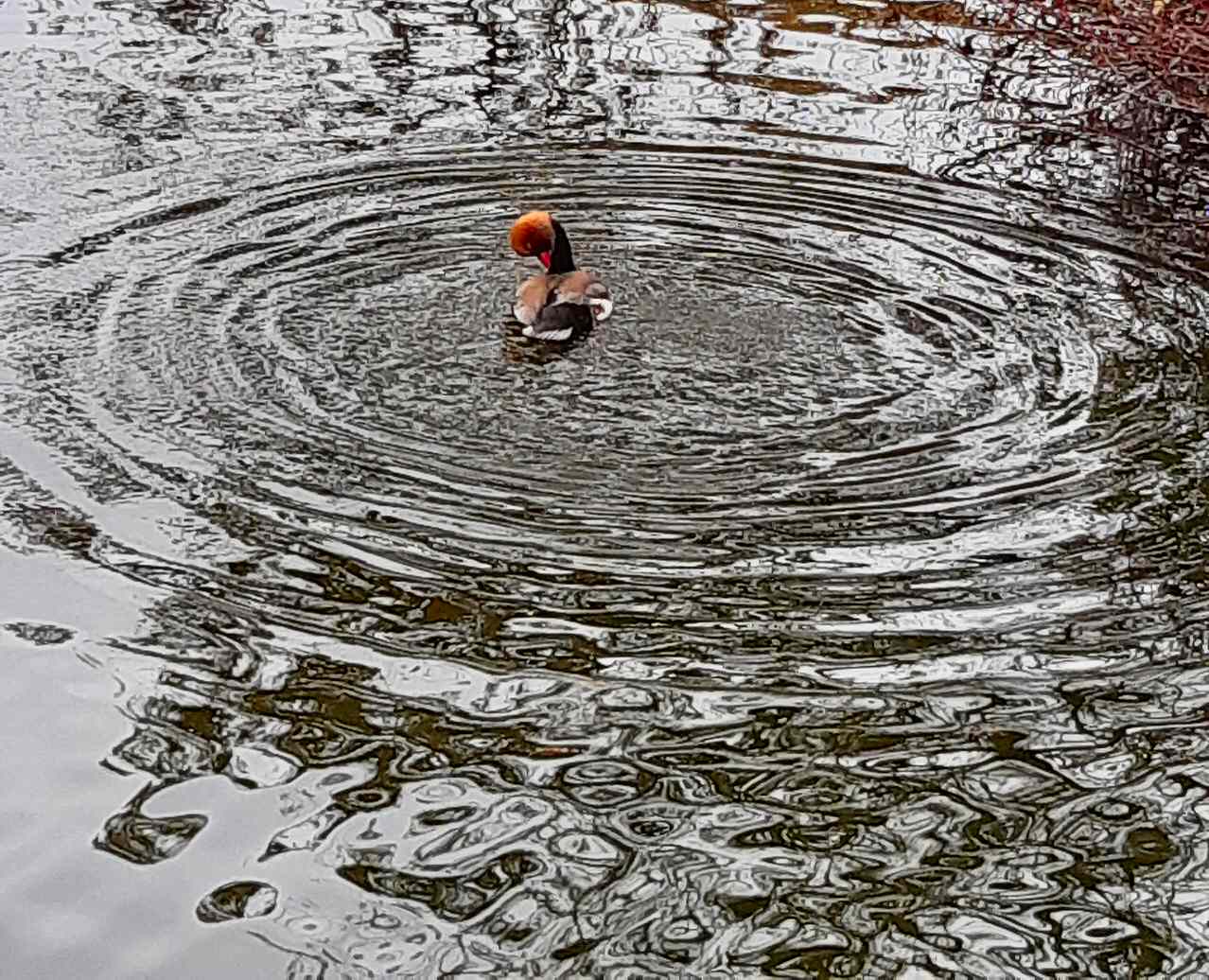
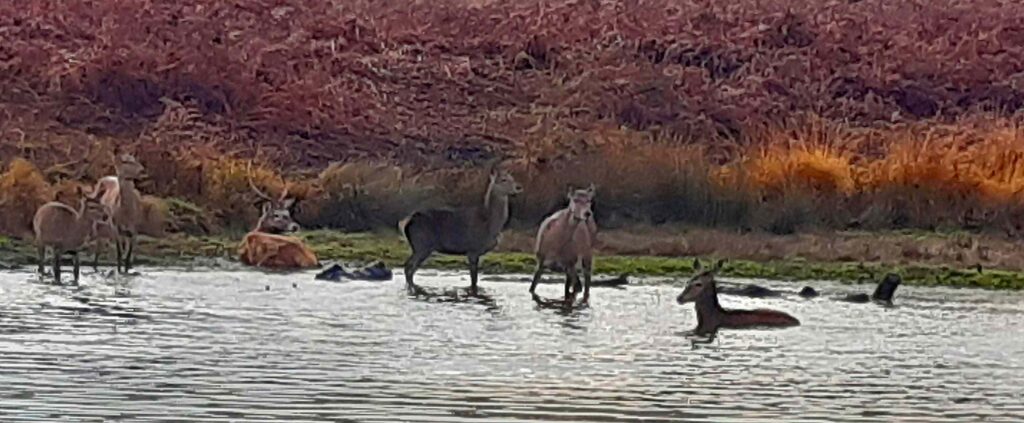
My daily lockdown walk was today in Richmond Park. I was delighted to see a harem group bathing in one of the ponds – the male is lying down centre left, with the females around him. I suppose this must happen most days, but I never saw it before. The scene has a peaceful domesticity about it, as well as being quite wild and free.